I have a peculiar problem with K237 that I am not sure how to troubleshoot.
I had been working on repairing Keithley 237 for a little while. Initially it would pump -162V to the output even if I try to output something very small. First indications pointed to one of 15V rails being low, but eventually I traced it to Q19 in output module being shorted and dragging 15V down. After Q19 was replaced I got problems with resonant converter not generating +/-1200V, so I had to replace 5 electrolytic caps.
After I fixed resonant converter the K237 worked at +/-1000V for 10 minutes or so. The first thing I tried was to measure leakage on a cheap cable. When doing this measurement (source 1000V, measure current) K237 flashed something crazy on display and rebooted itself.
At this point the K237 would happily output -1000V, but output of +1000V would cause the screen flash and reboot. It would generate +850V without an issue. I tested it at +500V under 2ma load without a problem for few minutes.
Then even +850V would cause the reboot, while now +700V is still working ok.
I suspect the output board being at fault. Visual inspection did not turn out anything obviously burned on components and wires.
My best guess would be that one of high voltage capacitors is at fault, shorting at high enough voltage. This can also be a diode or a transistor. The failure is only happening at high voltage and every time I go there I risk burning something else.
Schematic for K237 is available. Is there a good troubleshooting technique for something like that?

Here are some photos. Output module top and bottom:

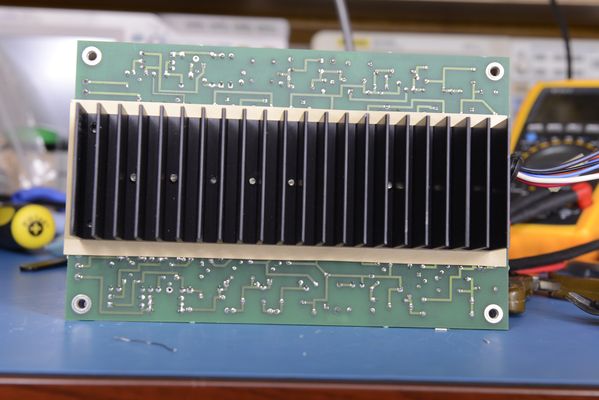
Digital board and closeup of the ADC on digital board:
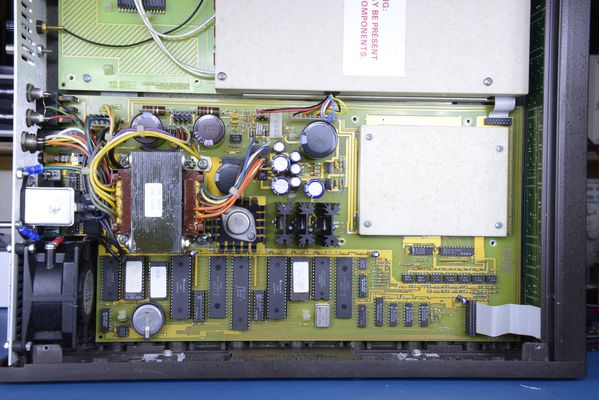
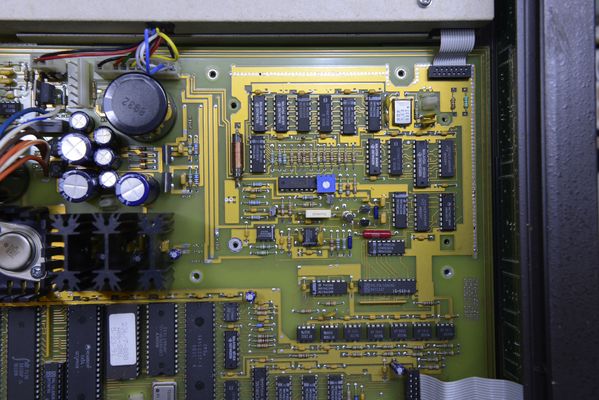
Analog board and overall view:
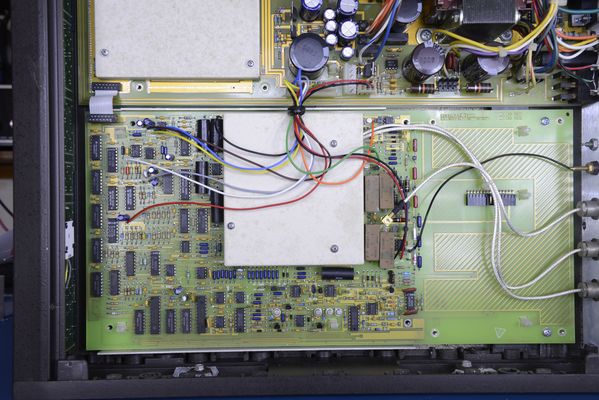
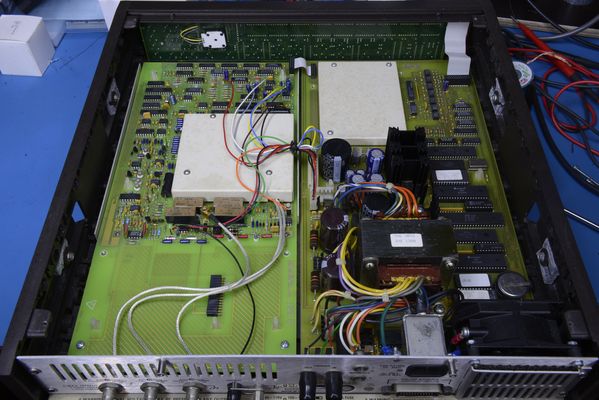
Resonant converter. You can find a great post on making your own and converting Keithley 236 to Keithley 237 here
https://www.eevblog.com/forum/testgear/playing-around-with-an-old-keithley-236-source-measure-unit/msg1149883/#msg1149883

For now everything upto 100 volts works pretty well. I just need to get +1000V under control.
